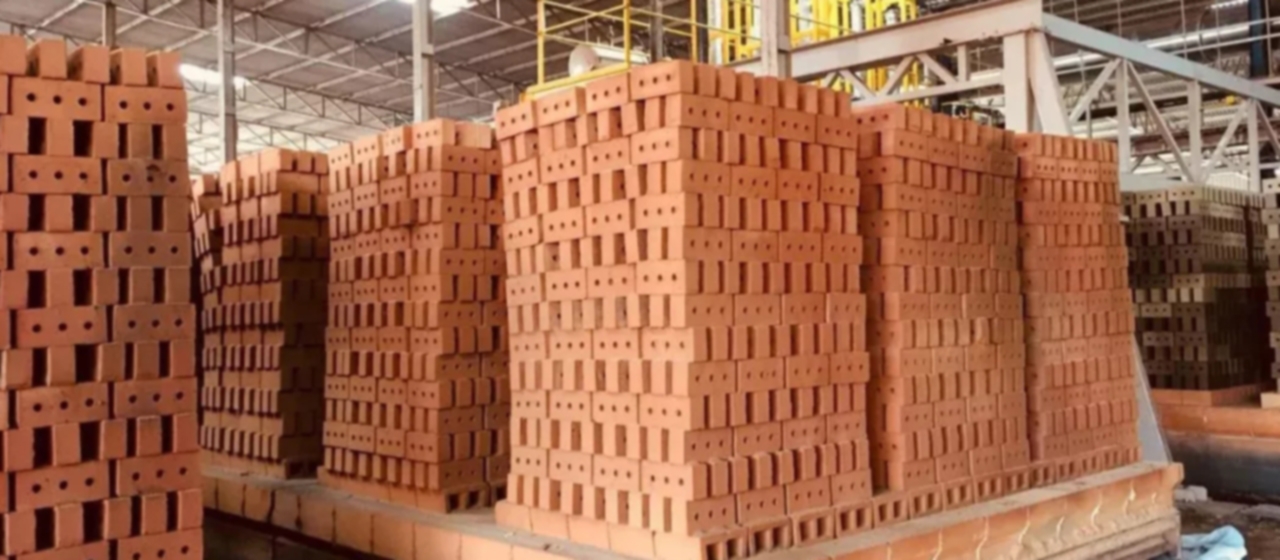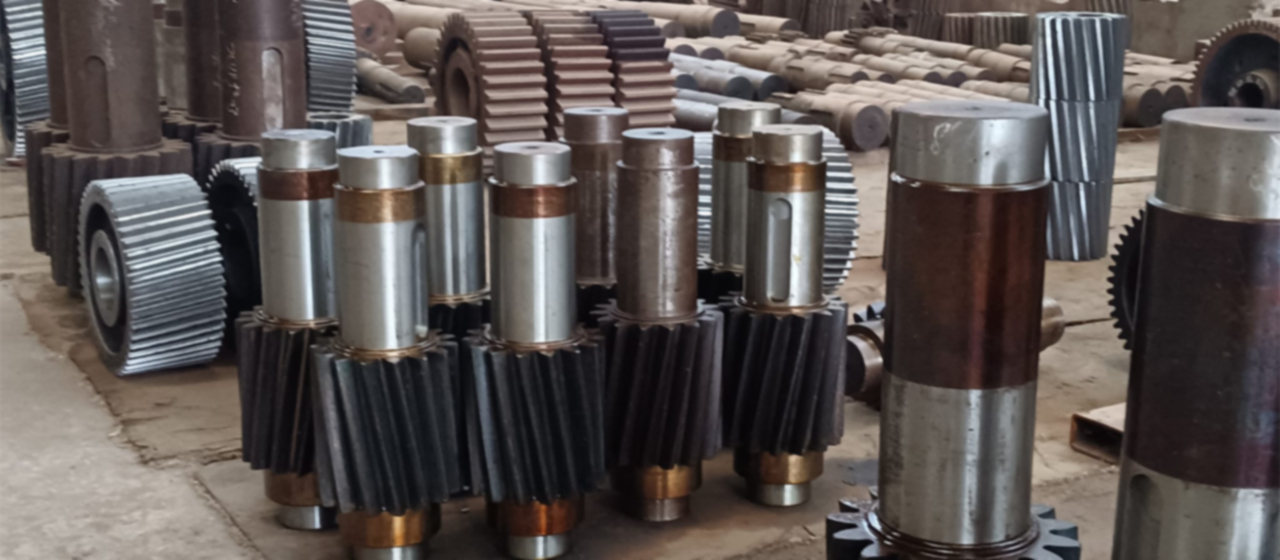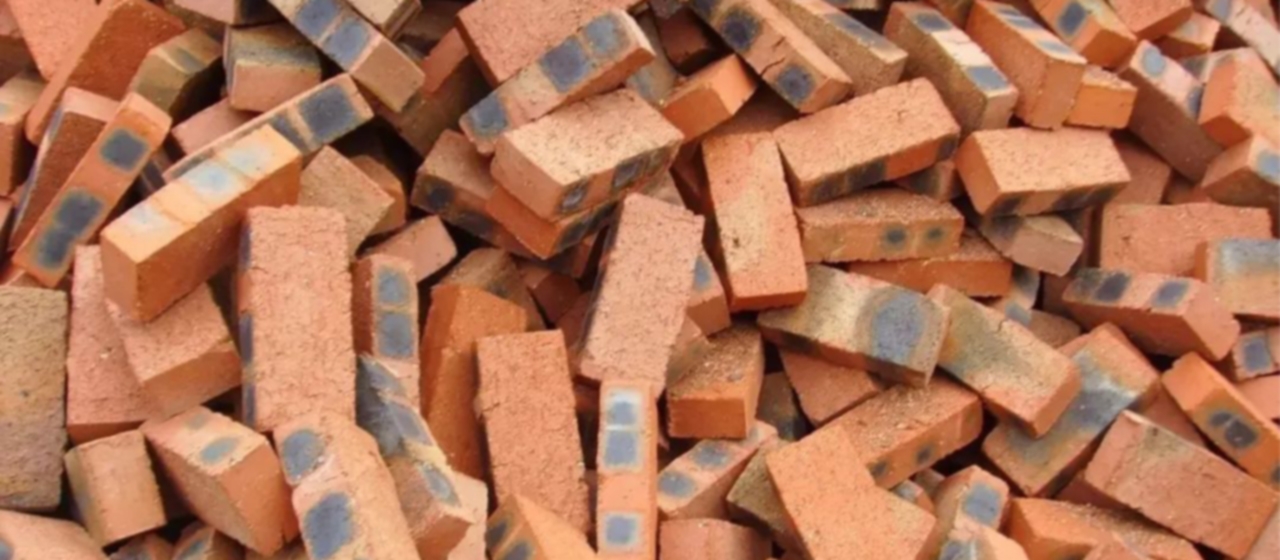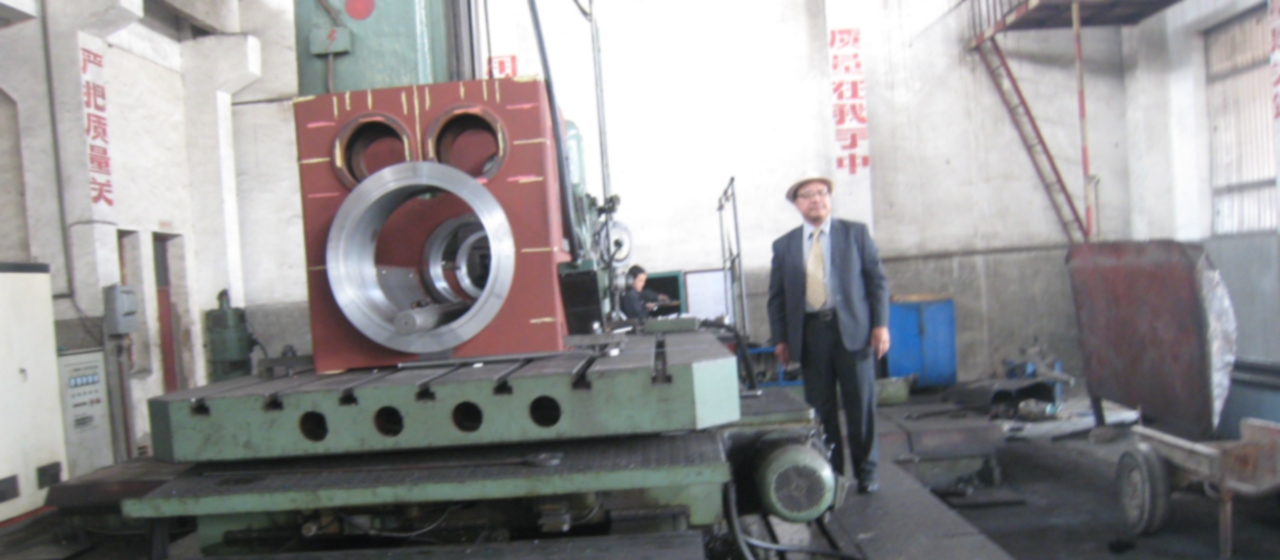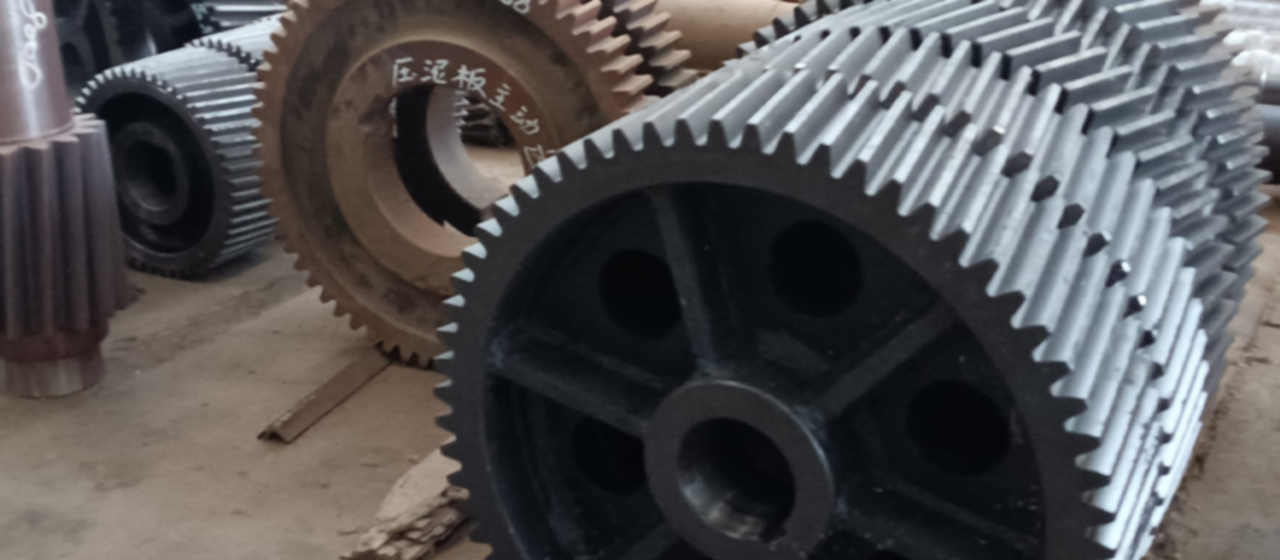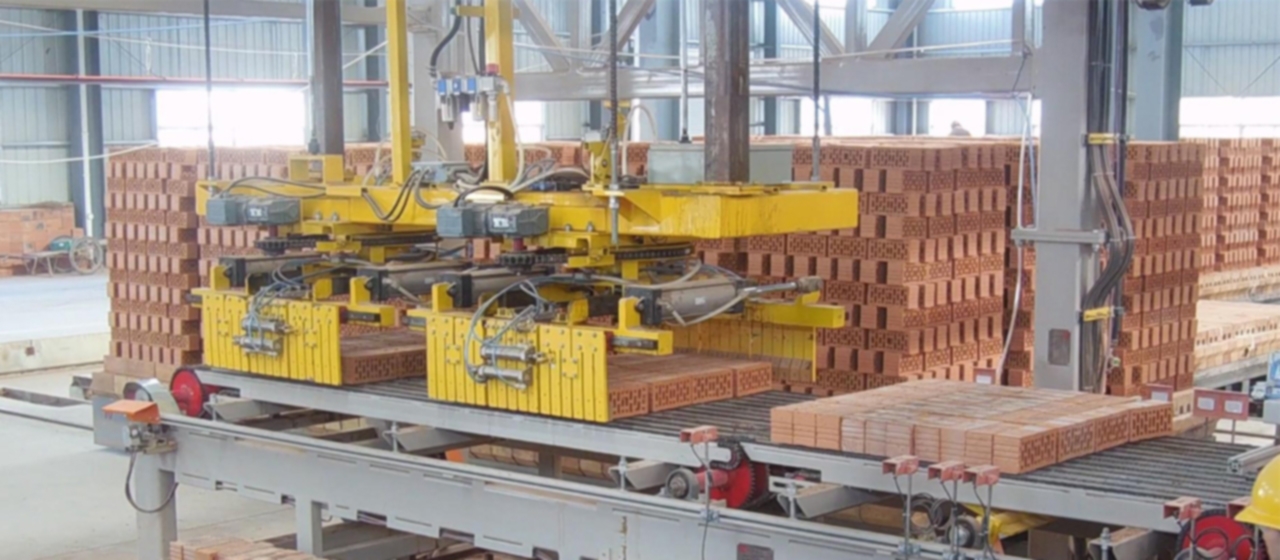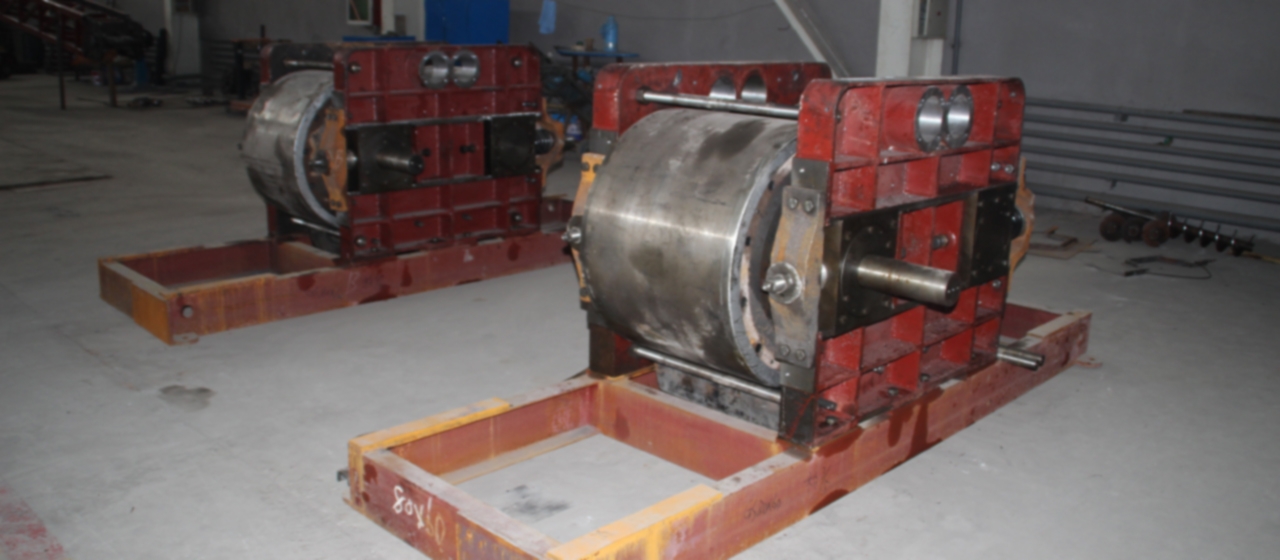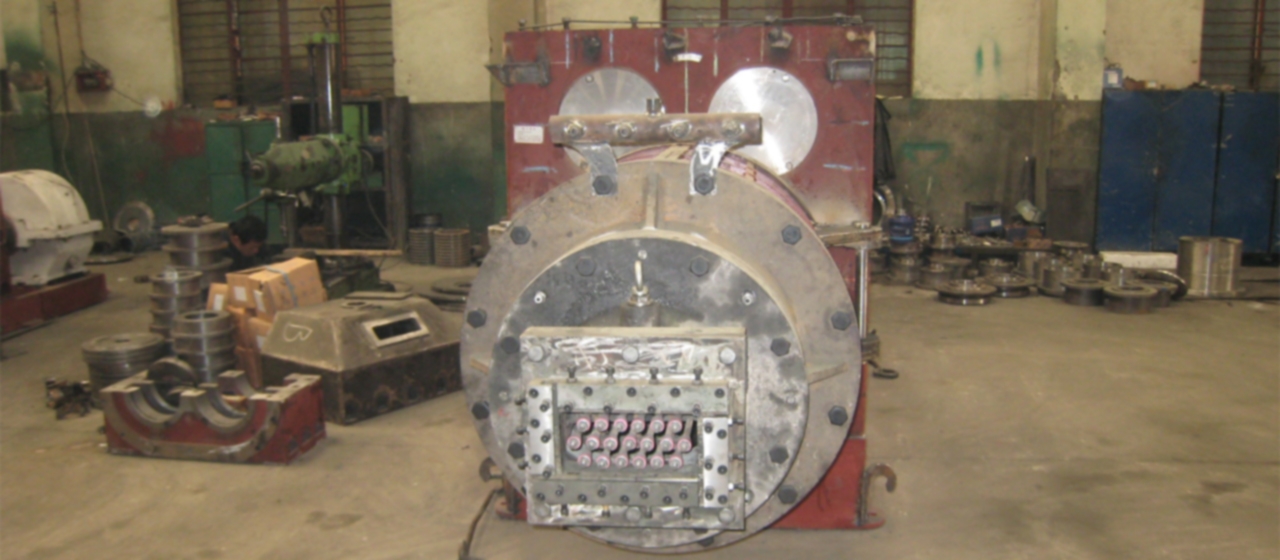Brick Starts with Raw Material: Clay
Brick Starts with Raw Material: Clay
From evaluating sources of raw material to prototyping colors and blends, the Denton Lab Technical Center is where Acme’s manufacturing future takes shape. These efforts are led by Jim Krueger, a longtime Acme associate who is the manager of Research and Production Services.
While clay may seem to be an inexhaustible resource, it can be a challenge to find new deposits of this soil-based material. The challenge involves finding clay that is suitable for brick manufacture and is available in sufficient quantities to support decades of mining. Acme’s Exploration Department meets this twofold challenge every day.
New raw materials can come either from existing sources – found either farther out or deeper – or from entirely new deposits. In both cases, the evaluation process begins by taking long, cylindrical “core samples” at regular intervals in the area under study. This reveals the layers of clay in the deposit area.
Back at the lab, the samples are evaluated not only for their structural suitability but also for the desired color.
“Each section of a core might produce a different color body,” Tramel said. “If the plant has a target color of orange, we may be able to use the full core sample area material. But if it comes back too light, and we’re looking to make red brick, then we would look somewhere else.”
The exploration offices contain surveying maps annotated with results; historical samples; maps of current mining operations along with a comprehensive archive of survey data, satellite images, topographical maps, and geological maps with elevation changes.
Technology is very much a part of the exploration process. The latest versions of unmanned aerial vehicles (UAVs), or drones are deployed to aid in surveying.
New Brick Products Are Discovered
The Denton Lab is also a center of new-product development. To facilitate this process, it is configured for small-batch production rather than high volumes.
Many factors influence the appearance of finished brick These include: the composition of the clay itself, firing temperature, additives, and surface coatings. The lab can test them all.
The quest for the next Acme Brick “bestseller” generally begins with the shipment of a large bag of brick clay from a plant to the lab’s receiving area. This clay gets graded, placed in large metal bowls (known in the trade as “hats”) and then sent to a dryer. The next day, the dried clay is ground and passed through screens, to a fineness that is consistent with the plant’s specifications.
This ground clay goes into a mixer, where water is added to form large balls of brick “mud” – again, according to the plant’s native specifications. These are fed into an extruder to make long strips, which are cut by hand to make 3-foot bars – ten bars in all.
“The first two,” Tramel said, “go for firing, bars three and four for dry testing, and two to the plant so that they can run their own tests and compare their results to ours. The rest are spares in case of accidents, power outages, or other unforeseen challenges.”
Before firing, bars are sent to one of four dryers, one of which is computer controlled and pre-programmed with up to 100 temperature profiles (known as “heat curves”) that simulate conditions at each plant.
Finally, to compare different firing temperatures on a brick sample, a bar of clay goes from the dryer to a specialized kiln called a “gradient furnace.” This furnace can maintain up to eight temperature zones, ranging from 1,800 to 2,200 degrees, concurrently.

